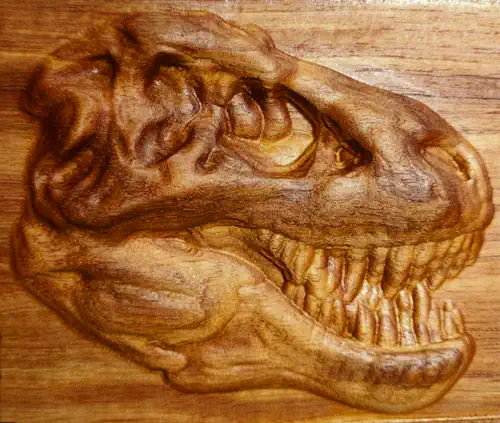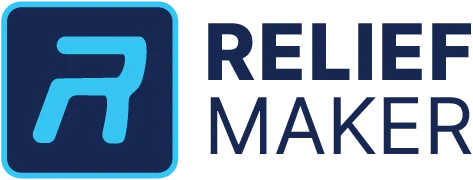Video Tutorial
Video Tutorial Transcription
In this tutorial, we're going to cover how to create a relief from ReliefMaker and then bring it into Carbide Create Pro where you can machine it directly or incorporate it to a broader design. We're going to start off in ReliefMaker and we've created or opened this elephant model and our objective is to create a relief that is majestic and powerful and so the angle that we've decided best captures that is going to be looking from below. We'll kind of rotate until we get the exact relief that we want in terms of the look and something like that looks pretty good.
The next thing we'll do is just press Generate Relief and we can kind of get a good idea of what it's going to look like once we rotate it a little bit and this is looking pretty great. Let's go ahead and export this. We'll go to File, Export Relief and we're going to choose a 16-bit height map png file and we'll call this Elephant.
At this point, we're ready to jump into Carbide Create Pro. So here we are in the default scene of Carbide Create Pro and keep in mind you could open this image as part of a broader scene. You'll probably have some text, maybe some other design elements, but in our case we're just going to show as if we were milling just the output of the relief.
So the first thing we might want to do is go to the Setup section and consider changing the resolution to Very High. You don't necessarily always need this. It's going to depend on the size of your object and the milling capabilities that you have.
If you choose Very High, you might get more detail but make sure that you can actually machine that detail because it's not free. Creating toolpaths will take longer on Very High detail. In any case, just to show off, we're going to choose Very High and now we're going to go to the Model tab and we're going to choose the Import Image button and we're going to choose Elephant and click Open and we see this black and white image and we first need to kind of define the height that should be interpreted.
We're going to choose 0.75 and that's going to be the highest point on this model and everything else will scale appropriately in between. We're going to press Apply so that the 0.75 is locked in and now we're going to click Show 3D and here we go. We can see the kind of model that we're going to get and you might be able to even further increase the detail again if you exported a larger image from ReliefMaker but do keep in mind, depending on your setup, you may not actually be able to machine these kind of microscopic details in a piece of wood.
In any case, we can see a few things are going on here. We have some flat areas and those are represented by the internal and external sections. ReliefMaker in this case, if we were to jump back over to it and zoom in on these areas and for whatever reason, the detail in this section is coming through as flat.
This brings us to another type that might be okay based on your project but this is a good opportunity to show different relief types and we're using the raised relief type here. If we were to look at it from the side, all of the model is above the ground plane but if we were to change it to unconstrained and we're going to keep an eye on this section here when we do that, we notice that we get this additional detail and if we were to look at it from the side, we'll see that most of the model is still above but we have the additional flexibility to mill below. At this point, why don't we try this again? Let's File, Export Relief.
We're going to overwrite the elephant and we're going to re-import this into Carbide Create Pro. Let's get rid of the first one and let's add it in again. Why don't we change the height to be 0.75 again and we will apply that and show 3D and we can see that we still have a very small amount of that but overall looks much much better.
And we get that even additional feeling of depth. It's kind of hard to see with this lighting but if you rotate it enough, you can kind of get a good sense of everything. Now keep in mind if you have these white areas, especially internally, that's going to basically be machining to the very bottom of the object and so in those cases, you might want to add just a little bit of base height.
Maybe a quarter inch, just a non-zero amount. We can apply that and that just further bolsters the height and so you wouldn't cut all the way through in these areas anymore. So you can use this approach.
It only takes a few seconds. Export an image from Relief Maker, import it into Carbide Create Pro and you can use it to make signs, pendants, games, all kinds of stuff just to add exquisite detail to whatever project that you're doing. We hope this tutorial was helpful and we cannot wait to see what you make.



